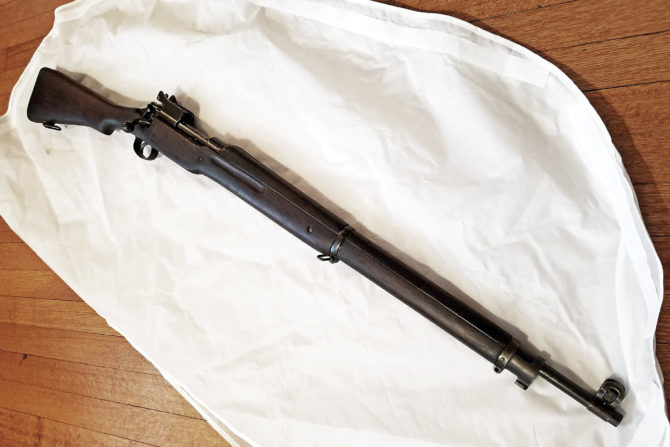
Some firearms have interesting backstories; this is especially true with military firearms — many of which are designed to address a need, fill a gap, or overcome a perceived inferiority. It may be difficult to believe but the best bolt-action battle rifle of the 20th century, the No1 Mk III or SMLE (Short Magazine Lee Enfield), and its descendants were almost consigned to the scrap heap before World War I.
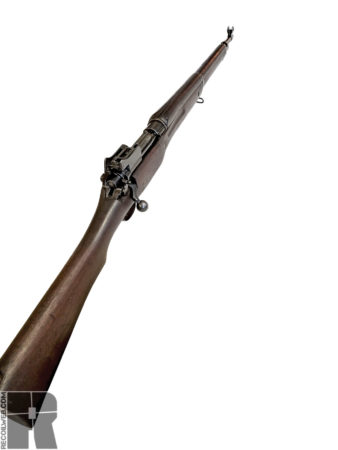
The British Army had an extremely difficult time subduing the Boers in South Africa. The Boers used terrain extremely effectively and were excellent at bushcraft. Additionally, most of them were accomplished marksmen and careful hunters. This combination of traits, combined with overconfidence and gross underestimation of enemy capability, led to a number of embarrassing British defeats. Like most organizations that experience difficulties that should have been “beneath them,” the British Army sought a scapegoat and found it in the Enfield rifle and the .303 cartridge. As the somewhat apocryphal story goes, it wasn’t the Boers’ excellent skill as irregular soldiers that stymied the British, but their damn powerful and accurate 7mm Mausers; it was a more comfortable thought.
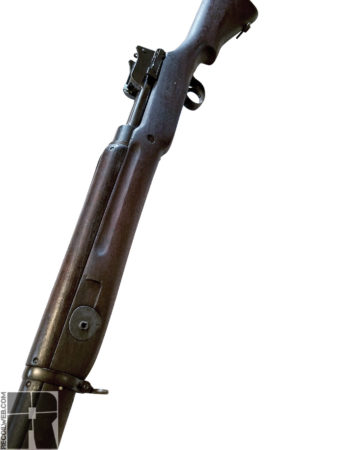
In the aftermath of the Boer Wars, Britain set out to design a new infantry rifle that emulated the traits of the Boers’ Mausers. It would have a stronger action and a more powerful cartridge, and it would “close the gap” so the army wouldn’t suffer any more embarrassing defeats … or something like that.
The resulting rifle was the “forgotten” Enfield, the Pattern 14. Originally designed to chamber the new .276 Enfield cartridge, the bulk of all P14s made were chambered in .303 British. The simple reason was that WWI began well before mass production of the rifle could get underway. Since the new action was stronger, there was absolutely no problem chambering the P14 Enfield rifle in .303 British. In fact, the basic core of the P14 went on to create the P17 chambered in .30-06, and the P17 arguably armed more of the Americans in the trenches in 1917 and 1918 than the M1903 Springfield. What’s more, the action was so strong, it’d be readily modified to accept more powerful cartridges than the .30-06, and many were sporterized as such for hunting by companies after both World Wars.
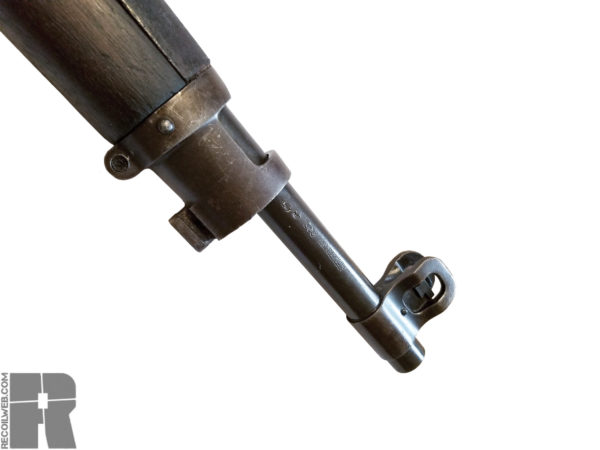
The differences between the P14 Enfield Rifle and the SMLE are striking. The P14 has a five-round internal magazine instead of a detachable 10-round box magazine. The P14 has graduated peep sights instead of conventional notch and post rifle sights. The P14 bolt is clearly a Mauser derivative, and the receiver is significantly different.
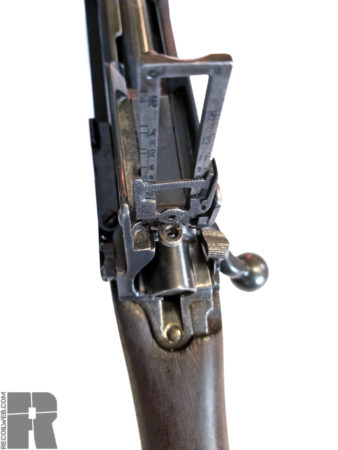
However, unlike most Mausers, the British retained the cock-on-opening feature of the earlier SMLE. This feature was extremely important to the British Army. It made rapid fire easier to achieve. Soldiers were paid small bonuses for higher musketry (marksmanship) scores, and [largely] free access to ammunition and range time was common. Further, the P14 Enfield Rifle maintained the volley sights of the earlier SMLE.
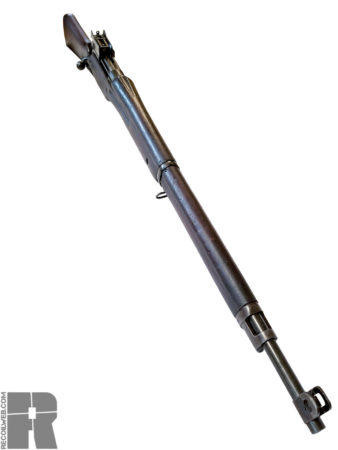
While the diminished magazine capacity was a detriment, the improved action resulted in increased accuracy. In fact, the P14 was so accurate that it was modified for use as a sniper rifle, a role in which it served in both World Wars. The P14 Enfield Rifle gives the .303 more “legs” than either the SMLE or No. 4, stretching the effective range out to 800 yards, maybe a little more.
Other than in the sniping role, the P14 saw little active combat service. During WWII, it was relegated to rear area soldiers, excepting again, the sniper role. Most of the production run was made in the United States, as again it was too late for mass production in Britain once WWI began. Although over 1.2 million were made, the P14 isn’t a common rifle on the U.S. collectors’ market. They’re scarce, but they don’t break the bank when encountered. The tricky part is finding one with a nice bore, as many of these were sent to the far reaches of the world following WWII, and in some places, maintenance was clearly a matter of convenience. A nice P14 Enfield Rifle with a good or better bore will command $700. If it has the complete volley sight assembly (frequently removed), $950 to $1,000 isn’t unreasonable.
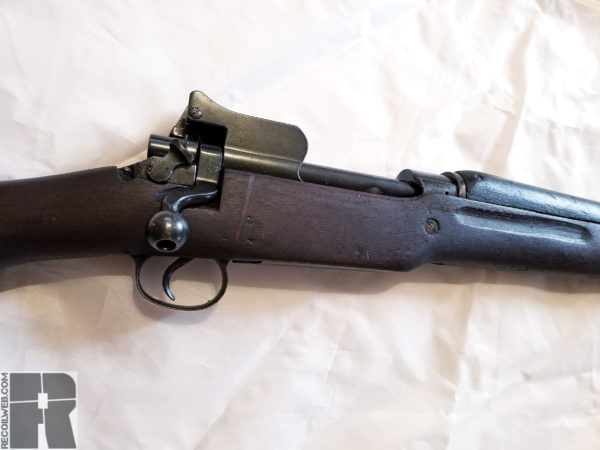
P14 ENFIELD RIFLE
Caliber: .303 British; very few in .276 Enfield
OAL: 46¼ inches
Barrel: 26 inches
Weight: 9 pounds, 6 ounces
Practical ROF: 15 to 20 rpm for most shooters
Muzzle Velocity: 2,380 fps
Effective Range: 800 yards +/-